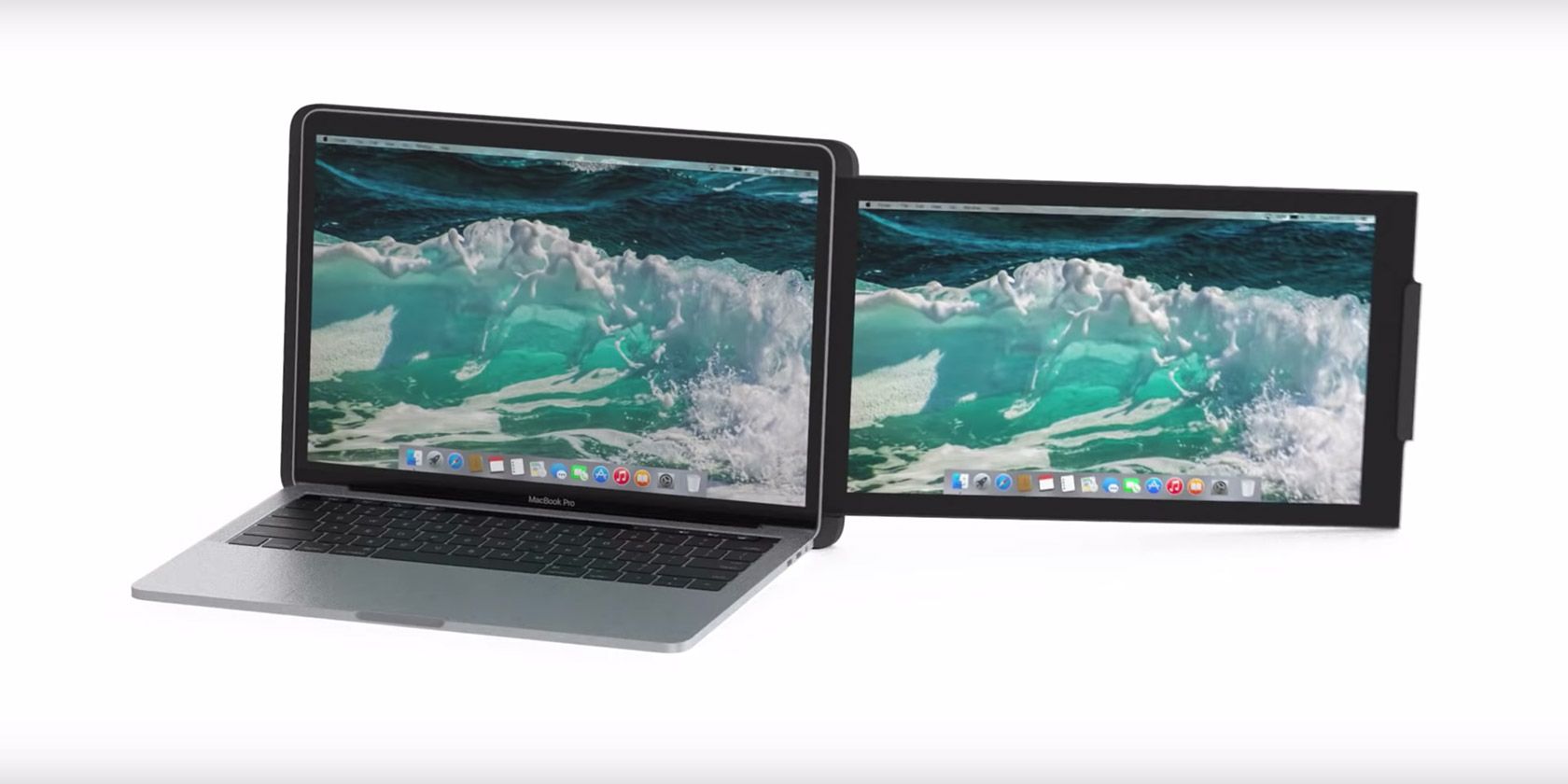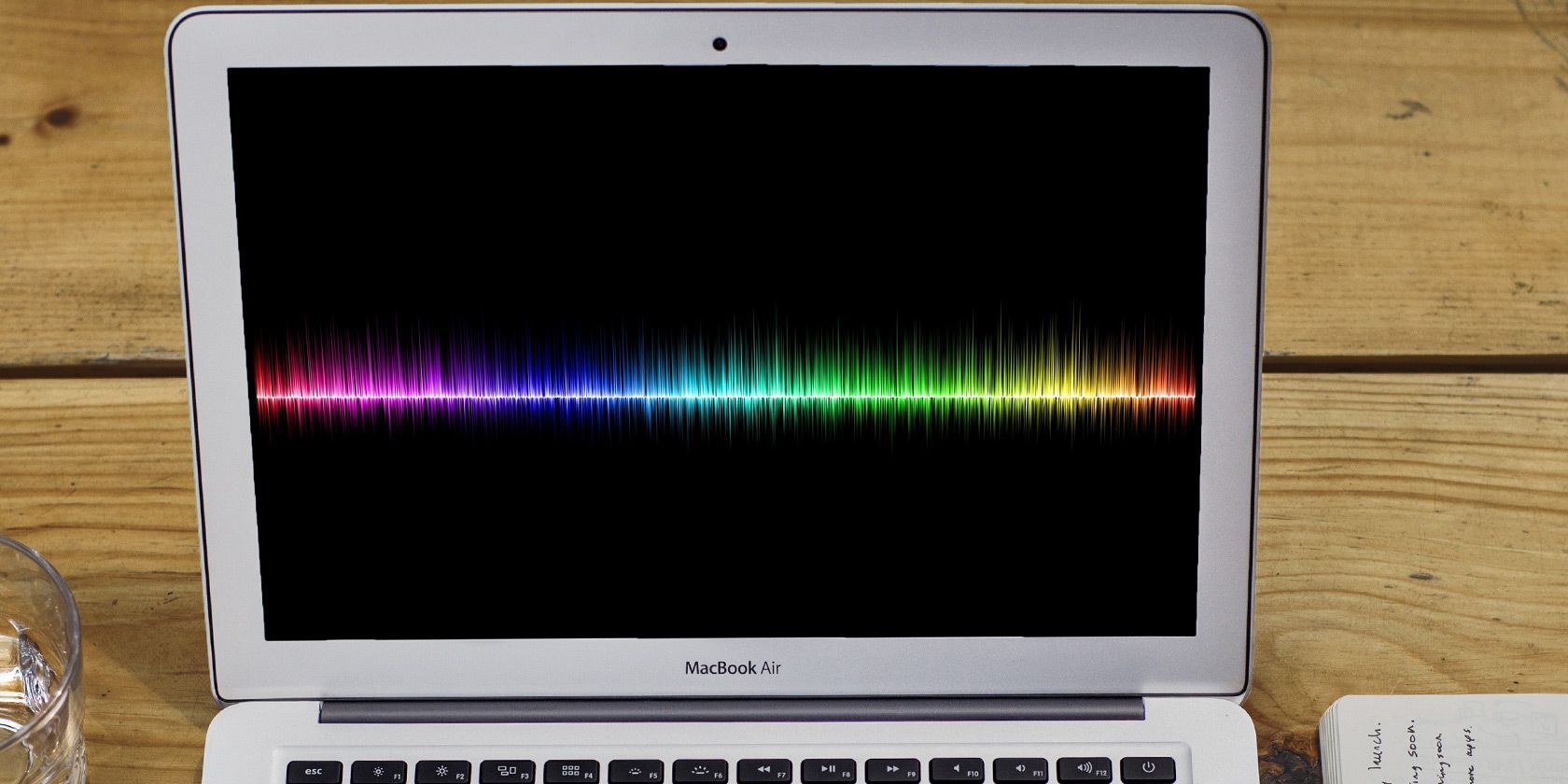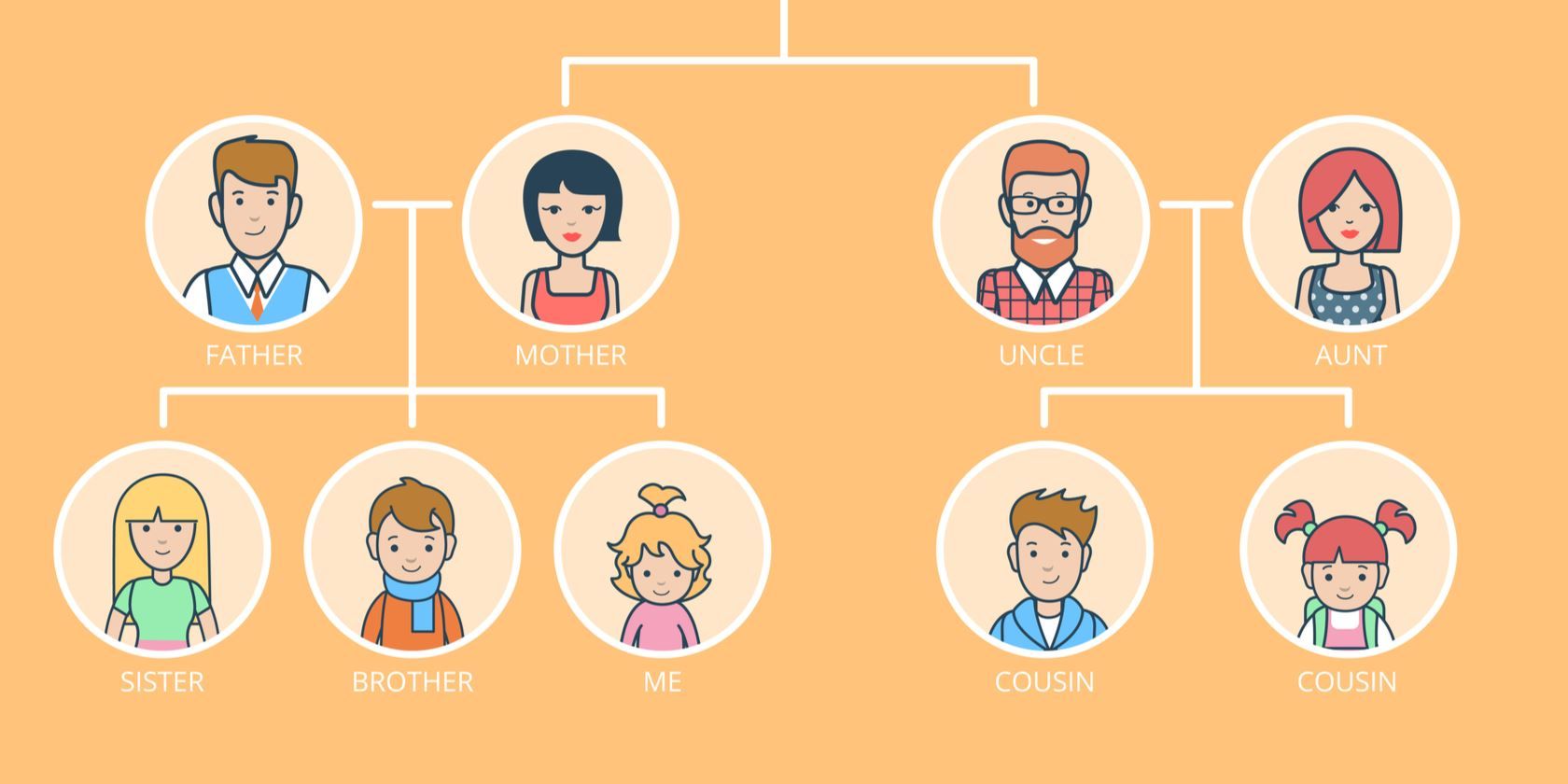Researching your family tree is fun, fascinating… and tough. Whether your family hails from various towns, cities, or countries, or your ancestors lived in the same village for centuries, finding out about those that came before can be fraught with difficulty. Free genealogy websites offer a great opportunity for research.
Paid ancestry sites tend to have a higher profile than free. That doesn’t mean that the free ancestry sites aren’t worth using, however; just that they’re difficult to find.
Here are several totally free genealogy websites to research your ancestry without spending a dollar.
Free Genealogy Websites for a Free Ancestry Search
Without exaggerating, there are thousands of genealogy websites out there.
Occasionally you’ll find a truly useful website with a free ancestry search feature that accesses real data. For the purpose of this article, I will provide a list of the top 10 free genealogy websites that would be most valuable to anyone first entering the hobby. These sites provide valuable tools, guides, and access to databases that are overflowing with historical data.
When you’re done with these, don’t overlook Google. With the right search tricks, you can use the search engine giant for genealogy research too! For additional help, you may also consider boosting your research with an ancestry DNA test from 23andMe.com.
![Use the Access Genealogy resource]()
Access Genealogy is more than your typical ancestry website and a great place to get started. Its main page is pleasantly clean and well organized. You’ll find links to some unique research sources including charts, old letters, military records, Native American records and more.
One of the more fascinating resources here are the transcribed cemetery records. There are researchers in every State around the US that walk through the oldest cemeteries. While there, they transcribe names along with birthdates, date of death and family members.
This resource alone will keep you busy for hours.
![The Olive Tree genealogy research site]()
Olive Tree Genealogy is another private researcher’s website holding a collection of links and resources for historical data. One thing that sets this site apart is the considerable research that went into the provided links.
Website creator Lorine McGinnis Schulze writes that she started the site in 1996 to provide free resources to other researchers. While it looks as though the site is still in 1996, it remains an unmissable resource.
She certainly delivers on that promise. One of the more impressive links on the site are the ship passenger lists where you can search through the names of your ancestors who immigrated to the US decades ago.
Meanwhile, the site provides a “guide for beginners” that walks you through each step of finding your ancestors. Specific resources are listed that you should check out first in order to conduct preliminary research.
![Family Search free ancestry site]()
One of the most well-known names in the genealogy research world is FamilySearch. This is the famous genealogy website provided and supported by The Church of Jesus Christ of Latter-day Saints, also known as the Church of Mormonism.
Family Search will amaze you with the sheer volume of information available. A single search found my paternal grandmother, her correct date of birth and death, and the town where she lived. I also found the name of her spouse and most of her children.
Birth and death records appear to be accurate, even though relationship records seem incomplete.
The historic gems you can discover here are truly remarkable. For example, I discovered an actual scan of the 1940 Census conducted by the Department of Commerce. If you’re a genealogy researcher, that kind of document is a gold mine.
![Genealogy research across 11 sites]()
The family tree searcher is another website created by a private researcher. This site is unique; some of the resources are interactive quizzes that allow you to customize your research method.
One very useful quiz, in particular, is the “free advice” quiz, which quizzes you about what you’re looking for. In the end, it provides you with a customized “research plan” along with the free resources to help your search.
![Research your UK heritage with UKIGEN]()
If you’re in the UK or researching lineage that reaches back there, then GENUKI is your one-stop shop for genealogy. UK & Ireland Genealogy (to use its full name) features links to local groups across England, Wales, Scotland, and Ireland.
A database of churches is included, useful in helping to track down graves and family records. You can also use the site to find more about towns and cities in the UK dating back centuries, grab information about professions and trades, and even see old maps.
If you haven’t accessed the resources on offer from GENUKI before now, it can help to unlock so much of your research.
![Learn more about your family tree at Allen County Public Library Genealogy Center]()
An eclectic collection of databases and catalogs, the Genealogy Center of Allen Country Public Library can be accessed online. It’s a remarkable group of tools, ranging from a microtext catalog of microfilms and microfiche at the library to transcriptions from family bibles donated to the center.
The Surname File can put you in touch with others researching the same name, and there’s a Native American Gateway. Information on how to research First Nation family history can be found here, as well as links to relevant information in the US National Archives.
You’ll also find resources for many other US states.
![US National Archives for genealogy research]()
For a US-based historical researcher, the National Archives should be at the very top of your resource list. Eventually, most other websites end up linking to these resources anyway, so why not just start at the source?
This is where you’ll find census information, military records, immigration records, and even bankruptcy records. There are even articles and information on historical researching techniques.
![UK National Archives]()
The UK also has a valuable resource for history buffs in the form of its own National Archives website. The main page of this website links to data such as births, marriage, deaths, census records, passenger lists, etc.
European history is long, and these resources are unbelievably thorough and archived all the way back a thousand years. On this website, you’ll also find valuable guides and articles on researching family and military history.
![US GenWeb]()
One of the largest and most valuable resources for historical information available to US genealogy researchers is the USGenWeb project.
This project is made of up historical enthusiasts who actively volunteer their time and energy to provide free information for other researchers throughout the country.
Simply click on the State where you’re looking for information, and you’ll go directly to the State’s GenWeb site. Here, free resources for your community and local history are provided.
![Use WorldGenWeb for genealogy research]()
Once you get involved in genealogical research, the first thing that becomes apparent is that the hobby knows no borders. You’ll find expert researchers in just about every country around the world, and the WorldGenWeb Project brings them all together.
WorldGenWeb lets researchers focus on valuable and useful resources to conduct their research. Click on the country of your choice and eventually, you can drill down to the specific community, and related free genealogy websites.
In turn, you’ll find other free ancestry search tools to hunt for more ancestral information.
More Free Ancestry Search Tips
Sometimes it isn’t enough to use a free resource. As you may know, Ancestry.com has the biggest library of census information and military records available to the public. However, it can be expensive to access regularly.
So, what can you do?
Some of the information Ancestry offers is duplicated from information in the sites listed here. BMD information, newspaper reports, that sort of thing. But occasionally you need direct access to primary sources (that is, historical documents created at the time you’re researching). You need to use Ancestry.
However, this need not cost you anything. Simply find the right library with a family history section and use one of their computers. Educational institutions, libraries, and other community or municipal buildings can provide free access to Ancestry.
You may need to pay to use the computer or printer, or join as a member, but this approach to searching ancestry for free can save a lot of money.
The Best Free Genealogy Websites You Cannot Miss
The sites we have covered are great if you’re a history or genealogy enthusiast or if you just want track down family members past and present.
- Access Genealogy
- The Olive Tree
- Family Search
- Family Tree Searcher
- GENUKI
- Genealogy Center
- US National Archives
- UK National Archives
- US GenWeb Project
- WorldGenWeb Project
And if all that fails, simply search Ancestry.com for free via your local library.
Want to know more? See our in-depth guide to researching your family tree online.
Read the full article: The 10 Best Free Genealogy Websites to Find Your Ancestors
Read Full Article









 ZoneMinder is an awesome option for a do-it-yourself surveillance system. Professional features shape ZoneMinder into the perfect solution for household and commercial security alike. It comes with compatibility for both IP-enabled and standard PC cameras. If you’re on the go, Android and iOS apps let you monitor your cameras remotely.
ZoneMinder is an awesome option for a do-it-yourself surveillance system. Professional features shape ZoneMinder into the perfect solution for household and commercial security alike. It comes with compatibility for both IP-enabled and standard PC cameras. If you’re on the go, Android and iOS apps let you monitor your cameras remotely.











































